Make your own bread, pho noodles, and import shrimp paste from Vietnam to the US.
In an article shared by author Helen Rosner in the New Yorker, a Vietnamese-owned restaurant on the Upper West Side (New York, USA) has long been considered one of the most outstanding and consistently performing Vietnamese restaurants. This place is considered a culinary highlight in the otherwise monotonous neighborhood.
A few months ago, after a long wait, the two chefs Nhu Ton and John Nguyen, who are also the restaurant owners, opened a new branch in the East Village (New York) called "Banh Anh Em". From the restaurant space, menu to the way of operation, it is more meticulous and scientific than the previous business.
Most of the restaurant's dishes feature fish sauce - a typical spice that creates charm in Vietnamese cuisine (Photo: Eater).
While sitting outside waiting for the food, diners can still smell the pho broth coming from the kitchen of "Banh Anh Em". It is a slow-cooked broth with the aroma of star anise, cinnamon, black pepper, ginger, grilled onions, and the strong but not strong flavor of fish sauce.
With broth cooked in Nam Dinh pho style, diners are served with fresh pho noodles that are made fresh every day by the owner using a large imported press located right behind the bar.
Not only do they make their own pho noodles, the shop owner revealed, but they also make their own bread. Ms. Nhu Ton said that after being disappointed many times when they could not find Vietnamese-style bread in the heart of America, they started making their own.
A loaf of bread that qualifies as a Vietnamese baguette must be large, spongy, with a thin, crispy crust and a light, crispy inside. Every day, the shop bakes about 200 loaves of bread. All steps are done by hand.
Hai Phong style baguette served with chi chuong (Photo: Lanna Apisukh).
"Customers who tasted the bread found it to be more delicious than the kind they had enjoyed in Vietnam," said Ms. Nhu Ton.
In addition to regular bread, the shop also has baguettes, a Hai Phong specialty. The bread is small and cute, stuffed with rich pate and spongy pork floss. When eating, customers enjoy it with chi chuong, a special Hai Phong soy sauce with a distinctive orange-red color.
Another ingredient of the restaurant also makes diners feel like they are sitting in Vietnam in the heart of America. That is shrimp paste.
The shop owner revealed that they chose shrimp paste from a 3-generation family-run shop in old Nam Dinh, now in Ninh Binh province.
Shrimp paste is the soul that creates the perfect picture for some dishes such as Hanoi's La Vong fish cake.
A small area in the open kitchen is reserved for a charcoal grill, which creates the characteristic smoky flavor of many dishes. It is thinly sliced grilled pork ribs, marinated in fish sauce and a little sugar, grilled quickly over a large charcoal fire to create tender, juicy meat.
Also using charcoal heat, the kitchen has grilled oysters with scallion oil. The rough outer shell of the oyster reveals fatty oyster meat mixed with fat and scallion in a salty sea flavor. The scent of smoke permeates the space like a perfume that stimulates all the senses.
In addition, diners also have the opportunity to enjoy dishes that seem very familiar in Vietnam, but are rarely found abroad.
For example, fried banh chung - a traditional cake that is indispensable during the Vietnamese Lunar New Year. This dish takes 2-3 days to prepare.
Or the Banh Uot Chong dish seems to bring the flavor of Buon Ma Thuot (Dak Lak) to America. The dish stimulates the taste buds with a multi-layered tower of cakes. Each plate is covered with a layer of soft Banh Uot sprinkled with golden fried onions.
Next are a series of side dishes such as fragrant grilled pork, sour sausage, pickled cabbage, green mango, cucumber, herbs of all kinds served with dipping sauce. Customers are free to follow their preferences, both pleasing to the eye and the mouth.
American tourists lined up and waited patiently for nearly 2 hours.
According to a reporter from Eater (USA), due to its great popularity, the restaurant currently does not accept reservations. During peak times, about an hour before opening, customers line up all the way to the street corner.
Customers packed inside the restaurant (Photo: New Yorker).
There were times when customers had to wait 60 to 90 minutes. Many people stopped by nearby bars or shops to "kill time" while waiting, but most said "it was worth every minute of waiting."
“We always want to stay true to our mission, but with a new approach. We don’t want to replicate what’s been done before,” Nguyen stressed.
Source: https://dantri.com.vn/du-lich/nha-hang-nhap-mam-tom-tu-viet-nam-khach-my-xep-hang-90-phut-thay-van-dang-20250927131732792.htm


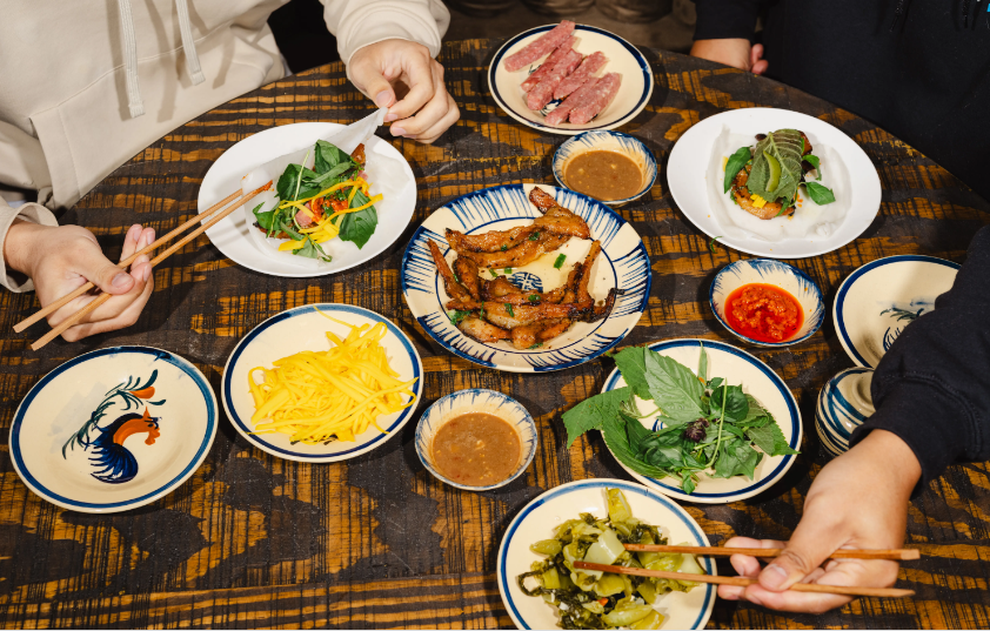
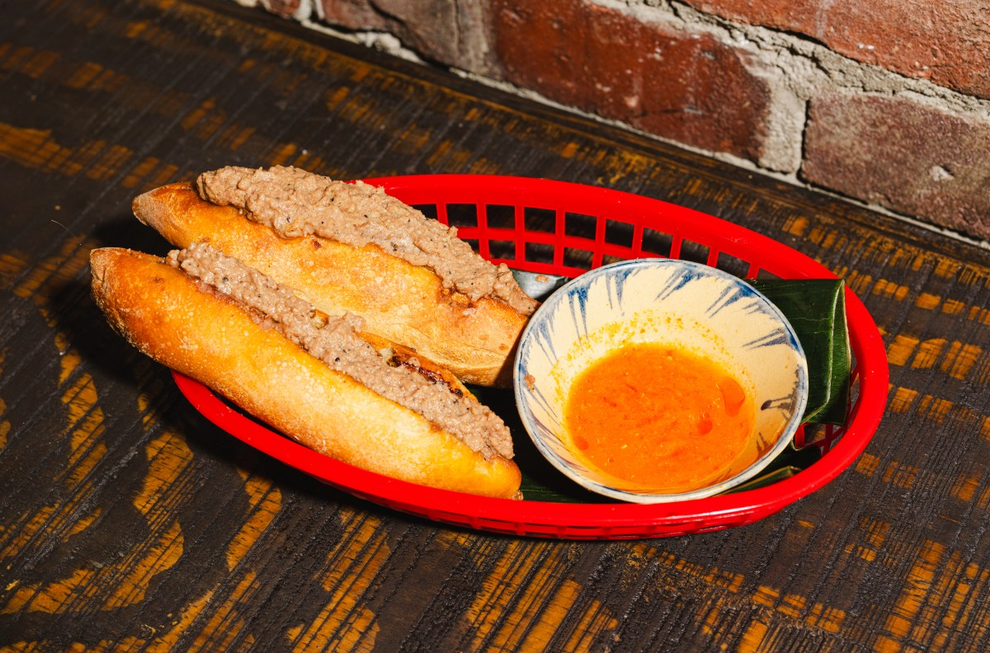
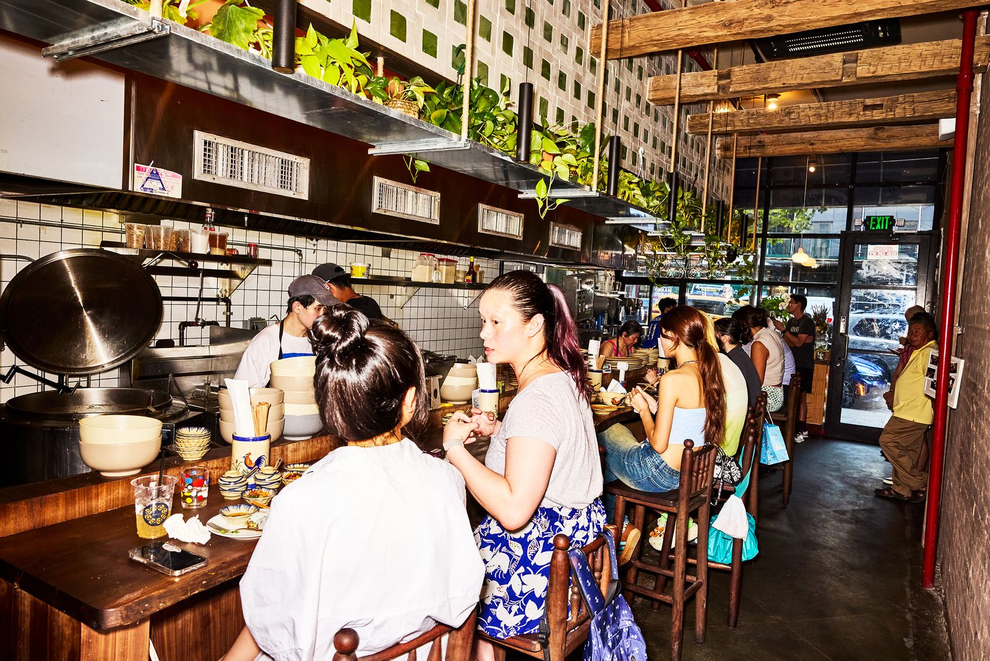
![[Photo] General Secretary To Lam attends the 8th Congress of the Central Public Security Party Committee](https://vphoto.vietnam.vn/thumb/1200x675/vietnam/resource/IMAGE/2025/10/4/79fadf490f674dc483794f2d955f6045)


![[Photo] Bustling Mid-Autumn Festival at the Museum of Ethnology](https://vphoto.vietnam.vn/thumb/1200x675/vietnam/resource/IMAGE/2025/10/4/da8d5927734d4ca58e3eced14bc435a3)

![[Photo] Solemn opening of the 8th Congress of the Central Public Security Party Committee, term 2025-2030](https://vphoto.vietnam.vn/thumb/1200x675/vietnam/resource/IMAGE/2025/10/4/f3b00fb779f44979809441a4dac5c7df)






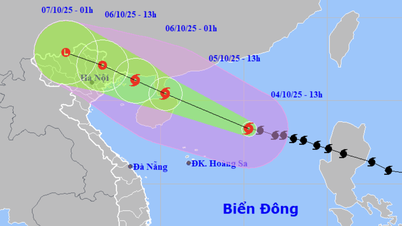
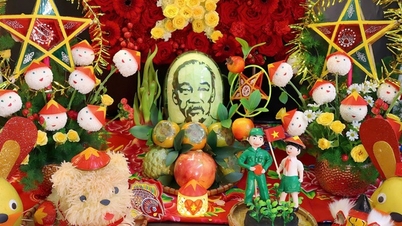






































![[VIDEO] Summary of Petrovietnam's 50th Anniversary Ceremony](https://vphoto.vietnam.vn/thumb/402x226/vietnam/resource/IMAGE/2025/10/4/abe133bdb8114793a16d4fe3e5bd0f12)
![[VIDEO] GENERAL SECRETARY TO LAM AWARDS PETROVIETNAM 8 GOLDEN WORDS: "PIONEER - EXCELLENT - SUSTAINABLE - GLOBAL"](https://vphoto.vietnam.vn/thumb/402x226/vietnam/resource/IMAGE/2025/7/23/c2fdb48863e846cfa9fb8e6ea9cf44e7)





























Comment (0)